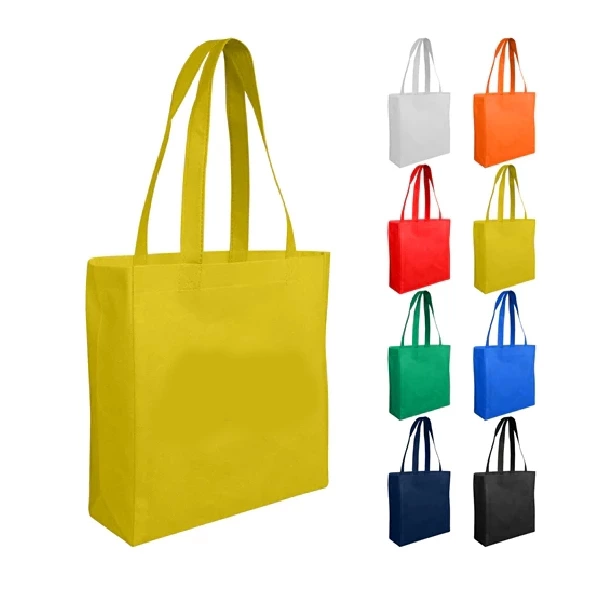Five Characteristics Of Screen Printing For Non-woven Eco-friendly Bags
Non-woven Shopping Bag Screen printing process, also known as "screen printing", refers to the use of screen as a base, and through the photosensitive plate making method, to make a screen printing plate with images. Screen printing consists of five major elements, screen printing plate, scraper, ink, printing table and substrate. Printing is based on the basic principle that the mesh of the image part of the screen printing plate can pass through the ink, and the mesh of the non-image part cannot pass through the ink. When printing, pour ink at one end of the screen printing plate, use the scraper to apply a certain pressure to the ink part on the screen printing plate, and move at a constant speed toward the other end of the screen printing plate. The ink is squeezed from the mesh of the image part to the non-woven fabric by the scraper during movement.
Non-woven bag screen printing is a common and commonly used printing method in bag printing. First, the plate is made according to the customer's design file such as CDR or AI format file to produce film, and then it is stretched. Since the color of screen printing is printed one color at a time, the more colors of screen printing, the more sheets of film are produced. There are five main features:
Screen printing process for non-woven bags
1. Not limited by the size and shape of the substrate: General printing can only be done on a flat surface, while screen printing can not only be printed on a flat surface, but also on special shaped objects and concave and convex surfaces, and can also print various super-large posters, curtains, and curtains.
2. Soft layout and small printing pressure: The screen printing plate is soft and elastic, with a small printing pressure, so it can not only be printed on soft substrates such as paper and textiles, but also on glass and ceramic vessels that are easily damaged by pressure.
3. Thick ink layer and strong covering power: The ink thickness of screen printing can reach 30μm~100μm, so the covering power of the ink is particularly strong, and pure white printing can be made on all-black paper. The screen printing ink layer is thick, and the printed graphics have a strong three-dimensional sense, which is incomparable to other printing methods.
4. Applicable to various types of inks: The wide range of inks used in screen printing has exceeded the definition of ordinary inks. In fact, some are slurry, plastic, paint, adhesive or solid powder. Therefore, screen printing ink is sometimes collectively referred to as "printing material".
5. Strong light resistance: The broad classification of inks should be divided according to the printing plate type, that is, letterpress ink, lithographic ink, gravure ink and filter plate ink. However, such classification is too principled and cannot express the entire reality. In recent years, due to the continuous increase in the variety of inks and the continuous emergence of new colors, it is limited to classify only by plate type.
